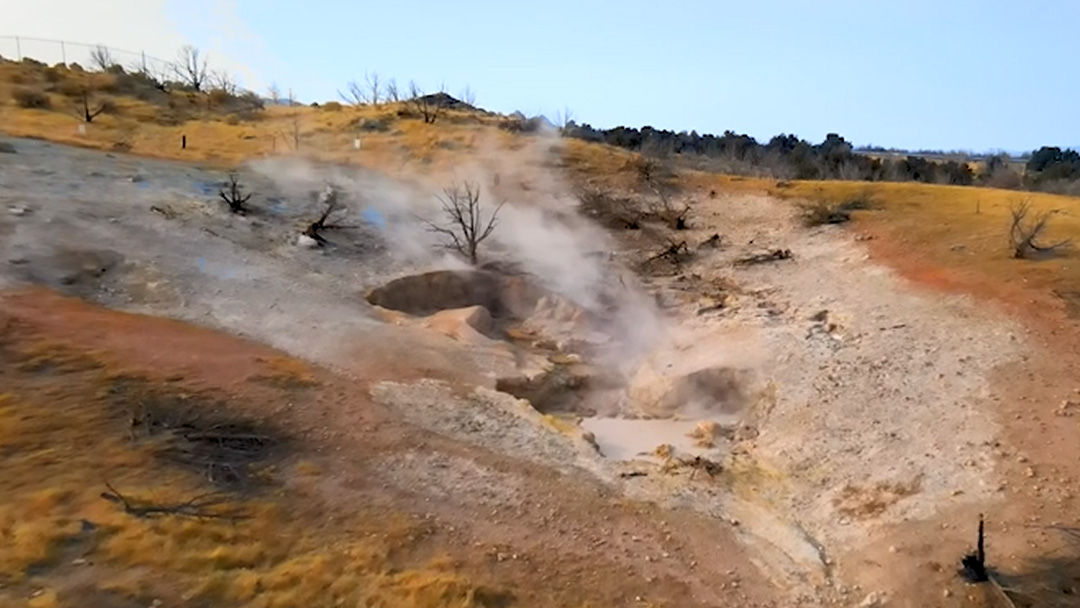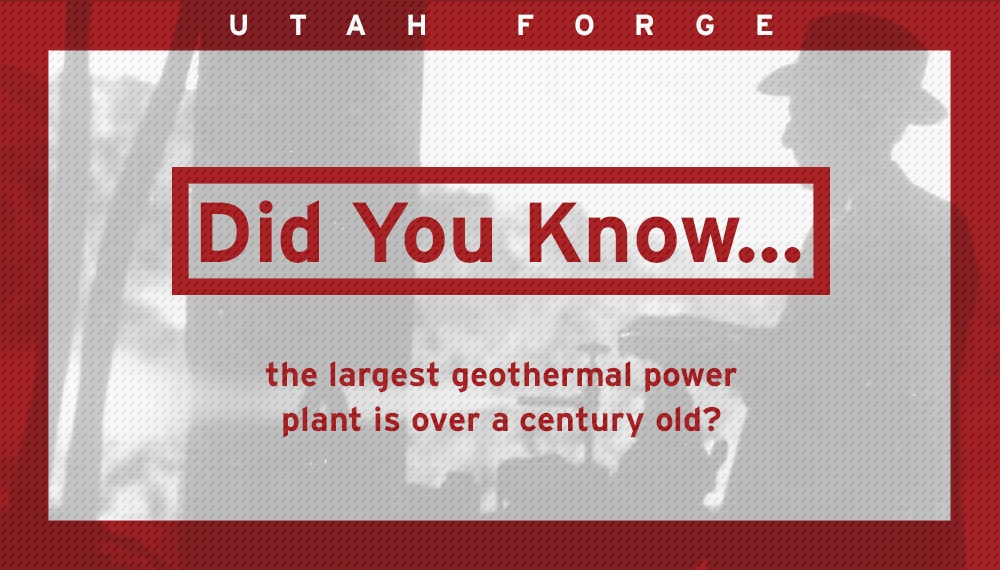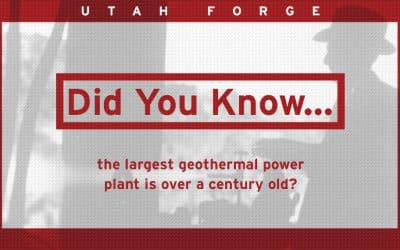
Did you know .... Europe's largest banana producer is not who you think?
One of the northernmost countries in the world is not the first place that comes to mind when you think about bananas. This tropical fruit is commonly associated with places near the equator: warm, temperate climates. However, thanks to greenhouses powered by geothermal energy, Icelanders are proving that delicious bananas can be grown anywhere.

The volcanic springs in the area provide the heat to maintain warm temperatures in the greenhouses for bananas to grow. (Photo from Kasper Friis)
Due to cold climate and limited sunlight, it would be impossible to grow bananas in this environment, if attempted outdoors. So, they thrive in temperature-controlled, artificially lit greenhouses that provide them with year-round favorable conditions.
Iceland is known for its natural geothermal activity. The locals have been using the heat for many years, ever since the Vikings settled in the country in the 9th century. Originally just used for bathing and washing clothes, as technology advanced, Icelanders continued to find new ways to use the heat, including heating homes, pools, and greenhouses. In fact, one of the major greenhouse plantations is located in Hveragerði, which means “hot springs garden”.
Bananas aren’t the only warm-weather plant found growing in the land of fire and ice. Researchers have successfully attempted to produce many other plants on the island as well, including tomatoes, peppers, cucumbers, coffee, cocoa, and avocados.
While these bananas are not commercially viable to grow and sell, the farmers keep producing them as a hobby. Incidentally, there may be other significant benefits to having isolated banana farms since the bananas grown there are not susceptible to Panama Disease. The disease is caused by a fungus that is impacting the yellow fruit all over the world. This isolation could help save certain types of bananas from diseases that could wipe them out.
The bananas grown in Hveragerði and other geothermal plantations around Iceland make the country the largest producer of bananas in Europe. Although the Spanish territory of the Canary Islands grows more bananas, they’re technically a part of Africa, leaving Iceland to take the top spot. Europe in general is too far north to grow many warm-weather crops, but thanks to geothermal developments, Iceland is proving that nothing is impossible.
https://www.atlasobscura.com/articles/bananas-in-iceland
https://www.theguardian.com/environment/gallery/2020/dec/30/icelands-innovations-to-reach-net-zero-in-pictures
https://icelandmag.is/article/does-iceland-really-have-europes-largest-banana-plantation
https://www.thinkgeoenergy.com/lessons-to-learned-from-geothermal-energy-fuelled-greenhouses-in-iceland/
https://www.thinkgeoenergy.com/preparing-for-wgc-2020-a-short-history-of-geothermal-in-iceland/
https://askjaenergy.com/iceland-renewable-energy-sources/hydro-and-geothermal-history/











